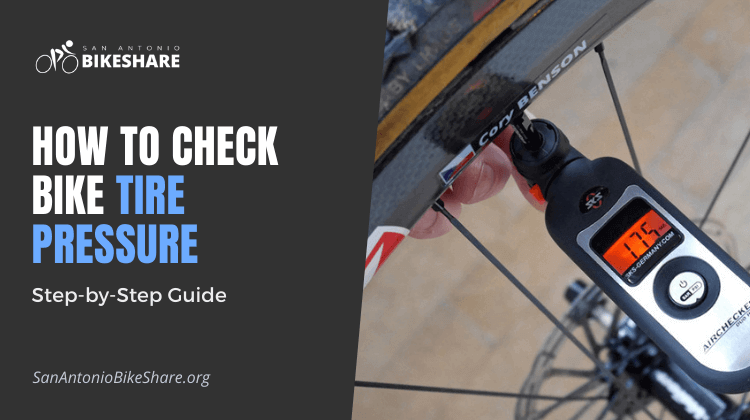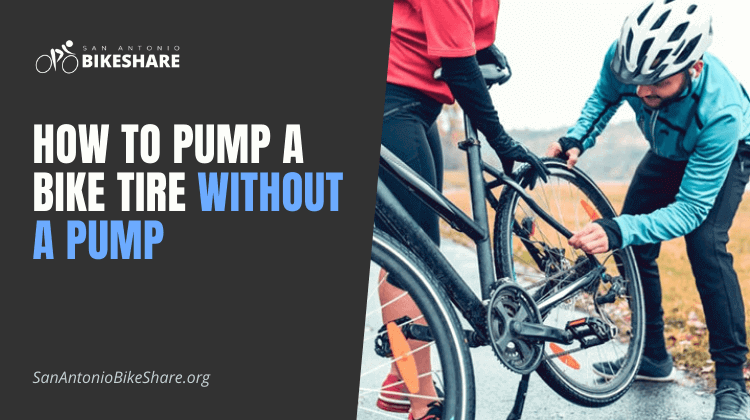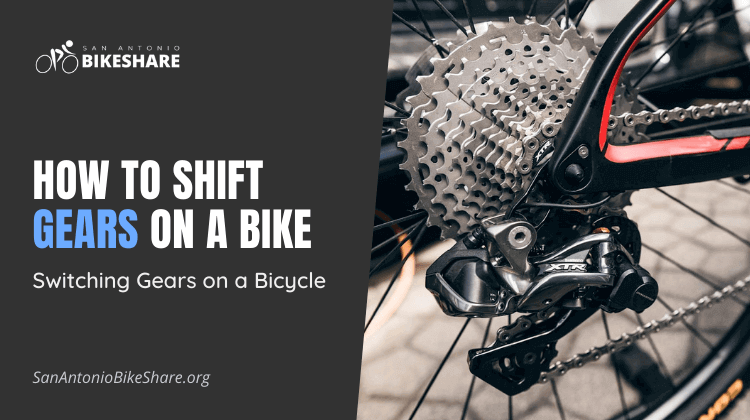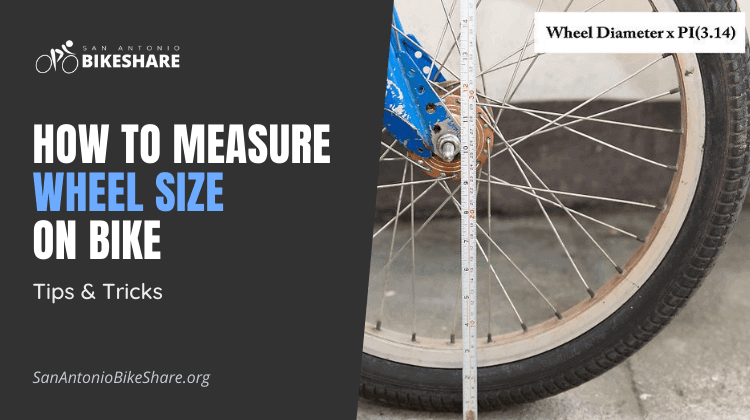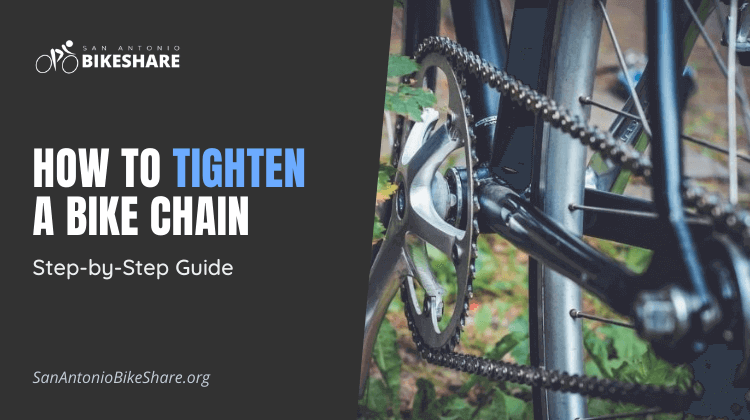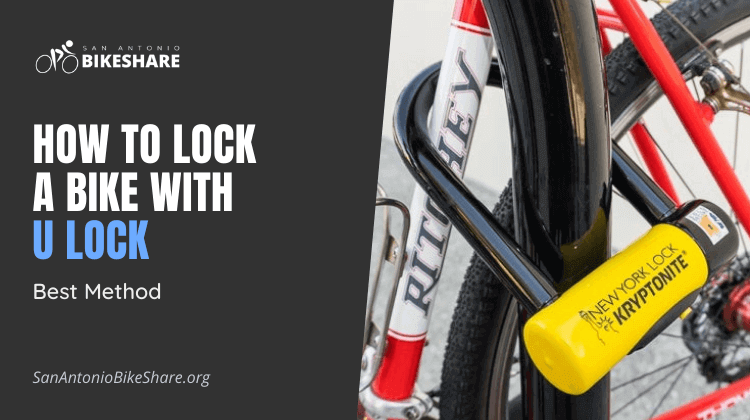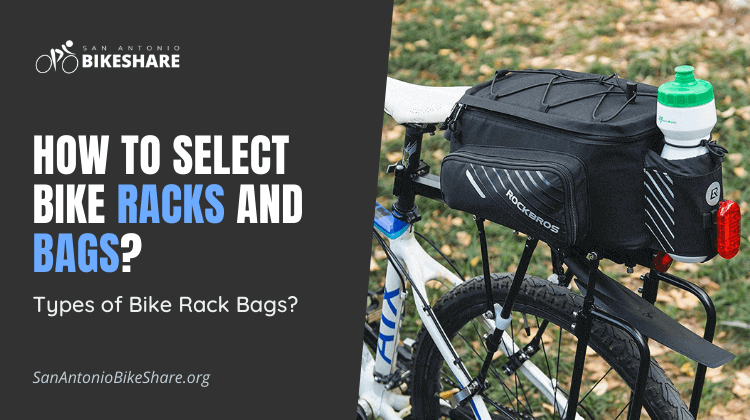How to Check Bike Tire Pressure: Step-by-Step Guide
The quality of your tires, specifically the tire pressure on your bike, is one of the most important factors to consider when cycling. This article will discuss how to check bike tire pressure properly step by step.
Despite the fact that tires are so important, and new technology is developed every day to help build better versions of cycling tires, the majority of riders choose the less expensive ones.
They then inflate them to their maximum pressure, but does this make the cycling experience better or worse? Let’s have a look at it.
Most motorcyclists are unaware that tire manufacturers spend a lot of money on research and testing new goods in order to come up with new advancements that make tires more efficient and more suited for the road.
Only professionals may spend a lot of money on tires, and only a few may have a set of “race tires” for cycling contests.
According to a news article, the concept that better tires boost performance may have some merit, but this information is useless without a thorough grasp of the tire’s dynamics and critical functions.
What is Tire Pressure & Why Does it Matter?
The quantity of air in a bike’s tire in relation to the cyclist’s height and weight is referred to as tire pressure.
It’s expressed in psi (pounds per square inch) and can be easily adjusted by pumping or releasing air from a tire. 80–130 psi for road tires, 50–70 psi for hybrid tires, and 25–35 psi for mountain bike tires are the most common pressures. You must determine the ideal tire pressure in order to maximize efficiency and ride smoothly. This will assist you in becoming a more efficient rider.
To improve their chances of reaching their destination safely and on time, every cyclist should pay attention to their tire pressure. Adjusting your tire pressure to your preferences will help your biking gear last longer while also operating better, resulting in fewer flats. Tire pressure is a constant issue of tire care and upkeep rather than a one-time event.
How to Check Bike Tire Pressure
1. Checking your tires on a frequent basis to see if they’re ready to ride or if they need to be inflated further is a vital part of keeping the proper psi for your cycling activities.
2. Push the sidewalls of your tire between your thumb and pointer finger to examine whether they are dense or if more air is needed to physically check your tire pressure.
3. To check with a pump and a gauge, simply open the valve with a few pumps, and the gauge will display the pressure in the pump, allowing you to estimate whether the pressure in your tire is optimal.
4. If your tire pressure is too high and your tires are too harsh and stiff, let some air out; however, if your tire pressure is too low and your tires are too soft, use your pump to add air to your tires.
5. Adjust the pressure till it’s ideal for you. If you’ve changed the pressure but aren’t sure if it’s the appropriate setting for you, take a ride and see how your bike reacts to the pressure.
Tip for Adjusting Your Tire Pressure
There are a few other factors to consider before making an effective tire pressure adjustment, aside from your body weight or height. The following are some of them:
- Your surroundings have a significant impact on the level of your tire pressure. Firmer tires should be used on the smoother ground, while softer tires should be used on more irregular terrain. In wet and icy weather, lower tire pressure can induce a peak in the level of tire surface that meets the ground.
- Riders who are faster and more experienced naturally expend more energy and go faster, forcing the tire surface to make more contact with the ground. These cyclists should ride on tires that are more durable than those used by a beginner or recreational cyclist.
- To avoid punctures, make sure that the tire pressure ratio is high enough to provide a long-lasting cushion between the rim and the ground.
- Compression punctures are easily caused by soft tires, but using thicker tires that provide a blanket of air and thus more cushioning for your tire will help you avoid or at least delay this problem.
- Bike suspension, which is separate from the air in the tires, can cause tire pressure to rise and tire toughness to increase.

